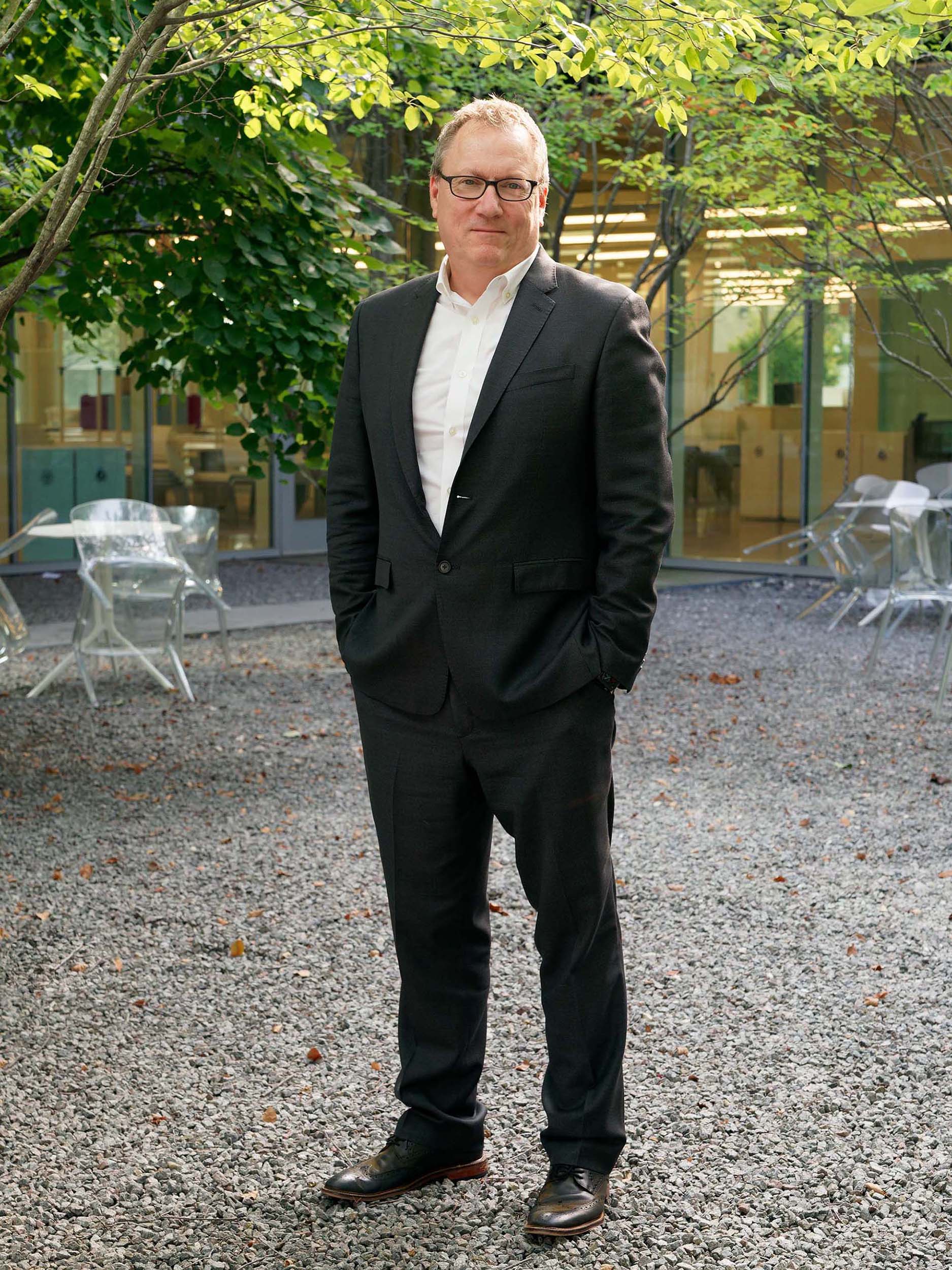Urgent Organizational Challenge 1

Organizations need to work at speed.
Creating and delivering new experiences—born out of staggering technology—with contingencies for unpredictable outcomes is the name of the game today.
The Working-at-Speed Opportunity
Designers put forth “what might be” and make the intangible tangible. We collaborate with different players in real time and drive generative prototyping so everyone on the team can see actual representations of the ideas in play. Designers know people need things to react to, and the sooner team members share their reactions, the more quickly they can inform, improve, and finish the project. Creating and delivering new experiences—born out of staggering technology—with contingencies for unpredictable outcomes is the name of the game today.

Take Responsibility: Achieve Speed
Prototype everything. Organizations benefit from a culture of iterative problem-solving. Designers build prototypes that generate responses, reflect the team’s insights, and lead to key improvements.
Embrace the qualitative strengths of design. Design encompasses the ability to create something special, address user needs in innovative ways, and evoke emotional responses. While creating new to-the-world experiences, it is essential to consider their broader impact. By emphasizing the qualitative nature of design, organizations can fully appreciate its transformative value and unlock its true potential for positive change.
Promote design’s ability to identify ethical issues and biases before it’s too late. Bringing design into the process at the right time is crucial, especially when dealing with the complexities of emerging technologies and human behavior. Brand-new technology might be critical to a project, but it’s experimental by nature and often carries unintended consequences. When involved from the start, designers help prevent ethical issues or biases from compromising the business solution—because we design to solve them and help ensure user adoption.

Peter Zapf
Director of Partnerships and Strategic Initiatives
Are you interested in understanding where design is heading next? Let’s think together.